Ripples In Spacetime: From Einstein To LIGO And Beyond
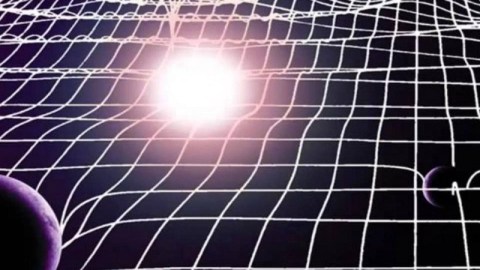
Gravitational waves and spacetime ripples have so much more to do with the Universe than just merging black holes.
“The years of searching in the dark for a truth that one feels but cannot express, the intense desire and the alternations of confidence and misgiving until one breaks through to clarity and understanding, are only known to him who has himself experienced them.” –Albert Einstein
For a scientist, it’s hard to imagine anything more exciting than being the first to discover something new. A new behavior; a new law of nature; a new kind of energy; a new way of looking at the Universe. When Einstein put forth his theory of General Relativity, it turned out to be all of those and more. After over 100 years, it’s arguably our most successful physical theory of all-time, having been tested and verified in a myriad of ways, with new avenues for investigation opening up all the time. Gravitational waves, detected for the first time less than two years ago, are the latest new window opened onto the Universe. In a sweeping new book, Ripples In Spacetime: Einstein, Gravitational Waves, and the Future of Astronomy, prolific science writer Govert Schilling has achieved the fascinating trifecta of historical and scientific accuracy, a grand sense of wonder and curiosity, and brilliantly accessible storytelling.

Our modern picture of the Universe is intricate and complex, and has grown tremendously over the past century. As the book begins, Govert paints this picture by challenging us to imagine the Universe in different ways. We go inside atoms on small scales; we view stars, galaxies, and the great cosmic web on larger scales; we travel close to the speed of light; we explore high temperatures and energies. In introducing us to the Universe, the most striking aspect is how many stories are left untold, by necessity. Someone just starting off with the book will find no shortage of additional avenues worth exploring, as you can practically see the untrodden roads of curiosity one can travel down.
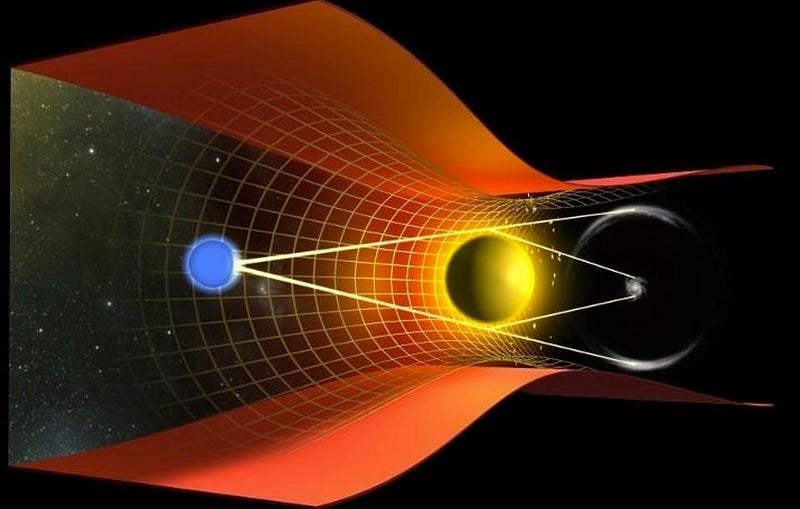
General Relativity wasn’t always our theory of gravity; it had to overthrow Newton’s law of universal gravitation. Ripples In Spacetime outlines just how this happened, historically and scientifically, by relating how curved spacetime makes explicit predictions that Newtonian gravity doesn’t. This isn’t simply restricted to the bending of starlight, but includes all the ways space itself can be twisted, torqued, deformed, and delayed. Solar eclipses and Mercury’s precession is discussed, but so is the geodetic effect and frame-dragging, eloquently explained. There’s also the interesting fact that Einstein himself was torn about whether gravitational waves actually existed, or whether they were mathematical artifacts only. It’s a strong reminder that no matter how brilliant somebody is, they never get everything right.
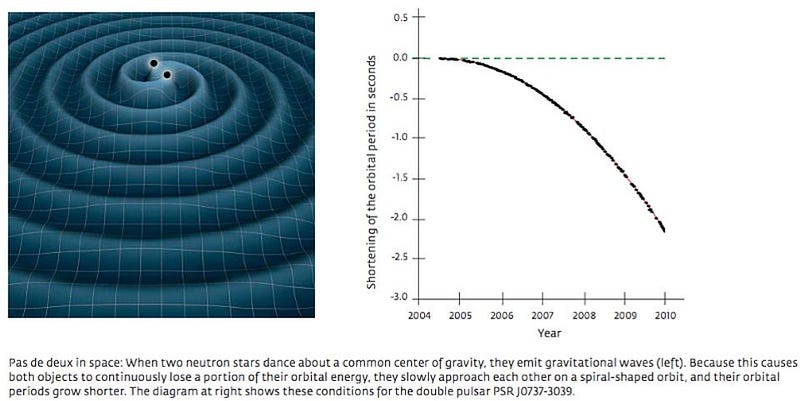
Ripples In Spacetime goes far beyond the gravitational wave story you’ve heard over the past few years. Collapsed astrophysical objects, like white dwarfs and neutron stars, are also discussed. The orbital decays of pulsars in binary systems are demonstrated as the first indirect verification of gravitational radiation, and discussed at great length. Also discussed are (failed) direct and indirect attempts to detect gravitational waves, such as with large “bar” detectors or by looking for specific polarization signatures in the cosmic microwave background. Joseph Weber and his pioneering (but ultimately flawed) work and the spectacular but faulty BICEP2 results are illuminated not as failures, but as learning experiences, whose lessons are still scientifically valuable today.
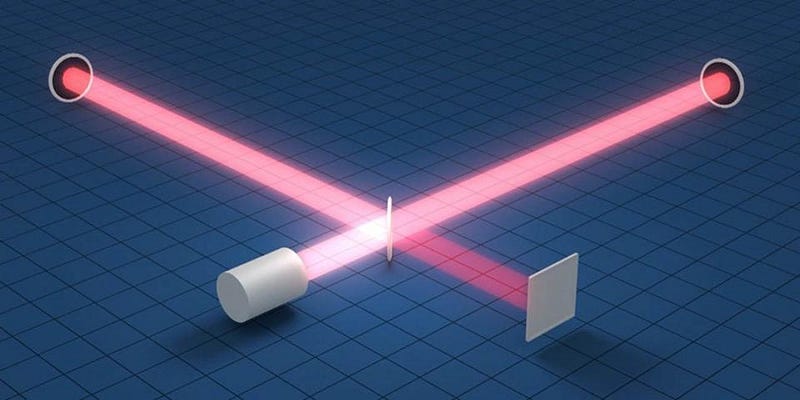
Finally, the concept and execution of modern-day gravitational wave observatories, like LIGO, are developed in fascinating detail. Interferometry is introduced, and the idea of what a realistic, theoretically detectable system and amplitude would be is put forth. The early days of development are discussed, including a long list of people and players you’ve probably never heard of. All of it was instrumental in making LIGO happen.
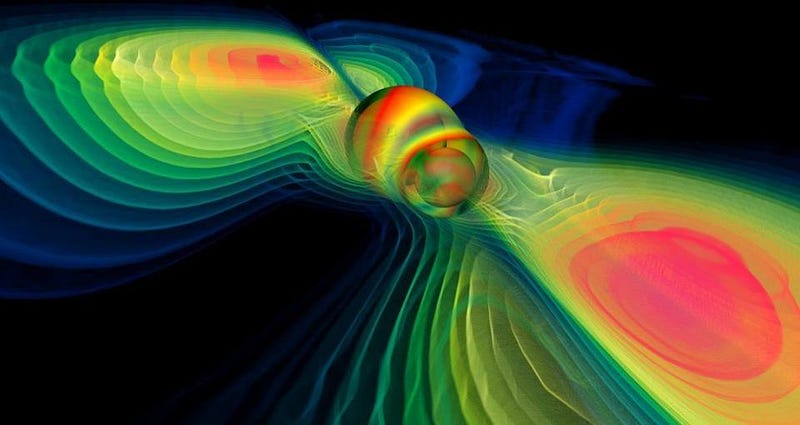
This will be of particular interest to anyone who’s skeptical of LIGO’s detections. How certain is LIGO that they got down to design sensitivity? How can they know whether what they saw was a blind injection or not? How confident can they be that they detected what they claim they detected? The answers to these questions are made very clear, with numerous examples given throughout the history of gravitational wave observatories and their developments. After reading the story, all of your doubts should be washed away.
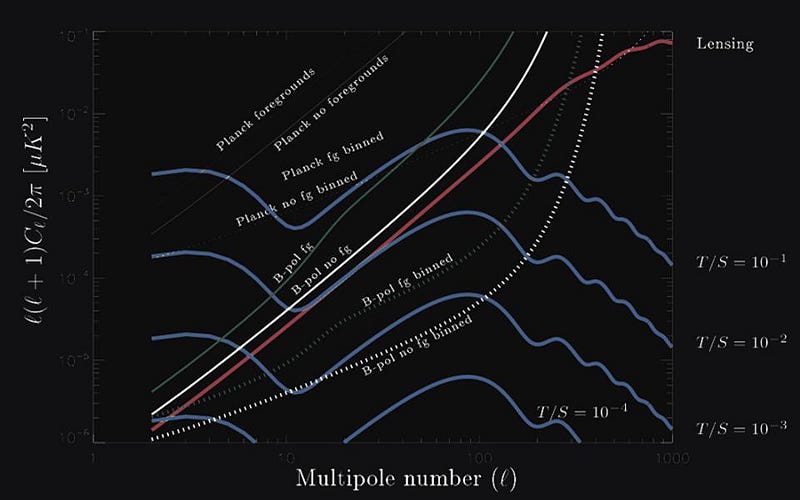
One of the most remarkable things you’ll notice reading Ripples In Spacetime is how uniquely the story comes about. The book itself is well-researched, and the author did this the old-fashioned way: by traveling to visit the scientists and historical figures instrumental in creating this history in the first place. The science presented is all on a solid footing; there is no conflation of even a famous scientist’s opinion with what’s actually scientifically factual. While there is a rich history presented, the focus is always on the story of scientific investigation and discovery. (Or, sometimes, non-discovery, which can be just as interesting!)
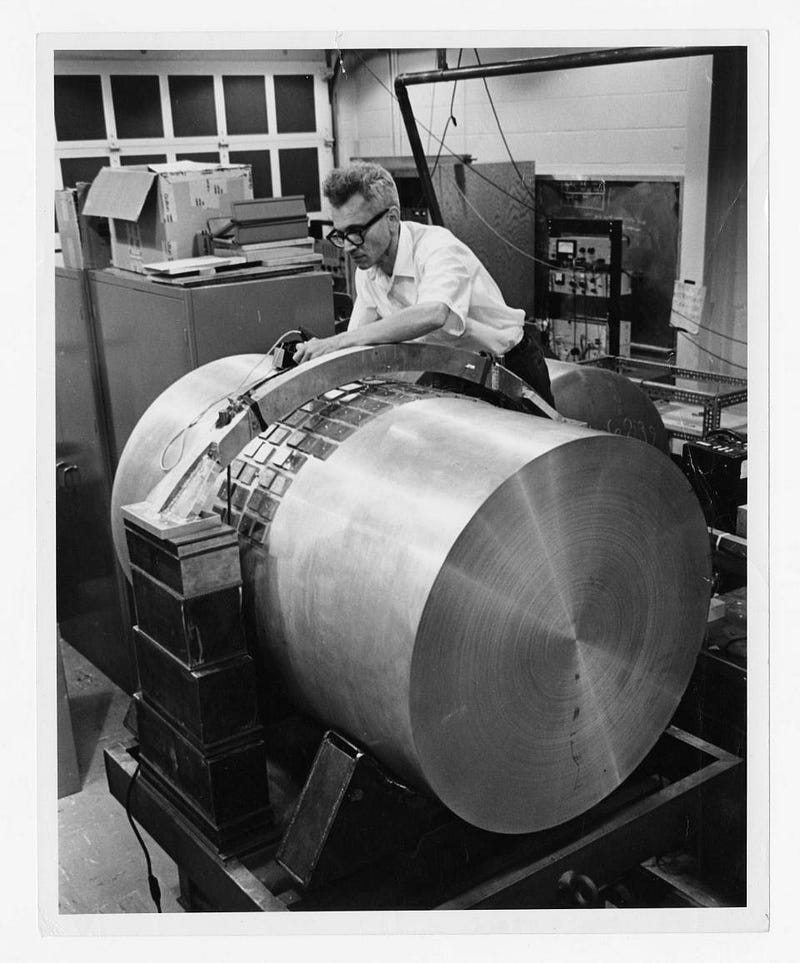
There are a few minor nitpicks to be found, for certain. The book implies that Minkowski invented the concept of spacetime before Einstein developed special relativity; the contrary is true. Much space is devoted to failed experiments, with two entire chapters going to the BICEP2 result. There were a number of curious omissions, as well. For all the details of Joseph Weber presented, omitted was the story of how he, a microwave expert, went to George Gamow to inquire as to whether the “father of the Big Bang” could leverage his expertise to help out? While Gamow responded “no,” the truth is that designing a way to detect the cosmic microwave background would have been a perfect fit!

It’s also a bit shocking that the Pound-Rebka experiment, very simple in concept, was derided as too complex to describe for the book. Yet all that experiment did was cause a nuclear emission at a low elevation, and note that the corresponding nuclear absorption didn’t occur at a higher elevation, presumably due to gravitational redshift, as predicted by Einstein. Yet if you gave the low-elevation emitter a positive boost to its speed, through attaching it to a speaker cone, that extra energy would balance the loss of energy that traveling upwards in a gravitational field extracted. As a result, the arriving photon has the right energy, and absorption occurs. It’s puzzling that something as complex as Gravity Probe B was discussed at length, but a straightforward experiment that could be well-explained in one or two paragraphs was glossed over as too hard!
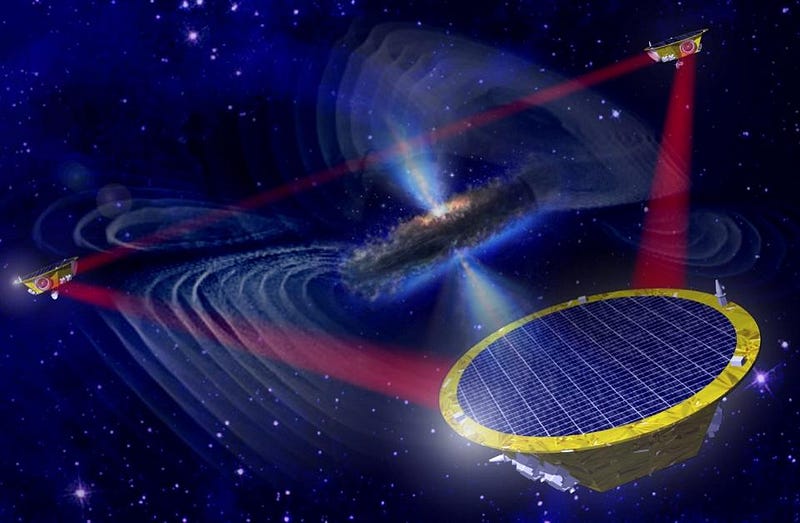
With that said, Ripples In Spacetime is still a spectacular, easy read. It’s both brisk and in-depth: a wonderful combination. As you take a journey through the discoveries that have confirmed the existence and properties of gravitational waves, you wind up at the present day, where the future possibilities are clearly laid out at your feet. Pulsar timing arrays are opening up the ability to explore the long-wavelength gravitational waves that no interferometer can measure, and may in fact see the types of waves BICEP2 was seeking. Future observatories on the ground will complement the LIGO array, and are already under construction and coming online. LISA is on its way and will open up gravitational waves in space, and the ripples from supermassive black holes. And in the future, the holy grail of correlating optical and other light-based astronomy with gravitational wave astronomy will be achieved with our planned technology.
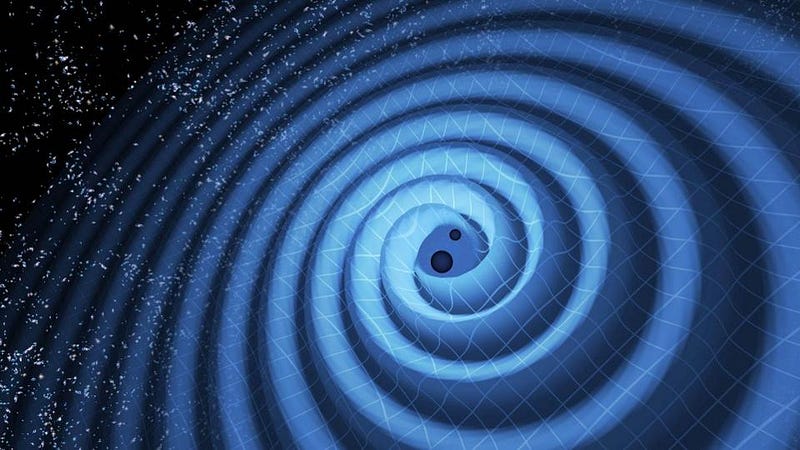
All in all, Ripples In Spacetime is a wonderfully educational read. It belongs on the shelf of anyone interested in learning the scientific, historical, and personal stories behind some of the most incredible scientific advances of the 21st century. As our scientific progress continues, this book will serve as a reminder of how far we’ve already come, how we got there, and what we’re looking forward to with our most hopeful ambitions.
Ethan Siegel is the author of Beyond the Galaxy and Treknology. You can pre-order his third book, currently in development: the Encyclopaedia Cosmologica.





